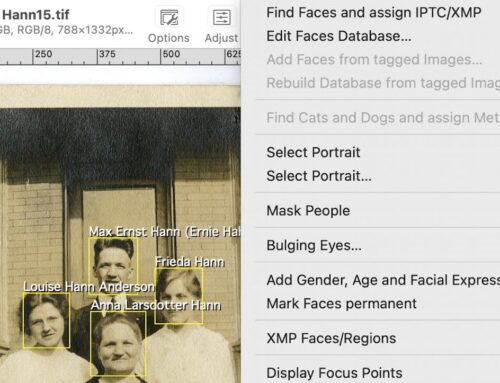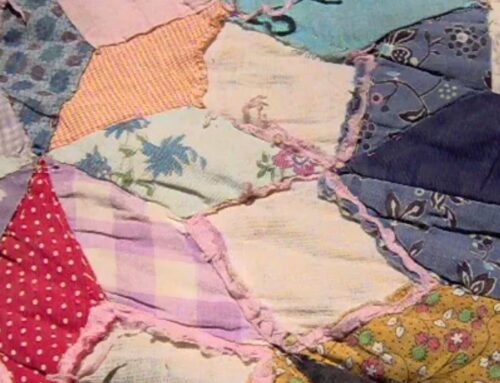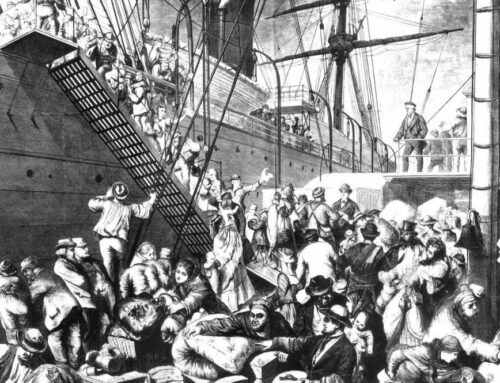The Primary Source Analysis Tool is a creation of the Library of Congress that can help your genealogy research.
LC’s Primary Source Analysis Tool was originally designed to help teachers enliven history for their students using historical documents. The exercises built into the Primary Source Analysis Tool can also be helpful for genealogy research, encouraging you to look at family primary source photos or documents with a fresh perspective.
For genealogical purposes, it helps to use the Primary Source Analysis Tool on your family primary sources with other genealogist friends or groups. Or you can think of yourself as both the teacher and the student as you work through the questions.
The Library of Congress exercise is as follows:
Using Primary Sources
Primary sources are the raw materials of history — original documents and objects which were created at the time under study. They are different from secondary sources, accounts or interpretations of events created by someone without firsthand experience.
Examining primary sources gives
studentsgenealogists a powerful sense of history and the complexity of the past. Helpingstudentsgenealogists analyze primary sources can also guide them toward higher-order thinking and better critical thinking and analysis skills.Before you begin:
- Choose at least two or three primary sources that support the learning objectives and are accessible to
studentsgenealogists- Consider how
studentsgenealogists can compare these items to other primary and secondary sources.- Identify an analysis tool or guiding questions that
studentsgenealogists will use to analyze the primary sources1. Engage
studentsgenealogists with primary sources.Draw on
students’genealogists’ prior knowledge of the topic.Ask
studentsgenealogists to closely observe each primary source.
- Who created this primary source?
- When was it created?
- Where does your eye go first?
Help
studentsgenealogists see key details.
- What do you see that you didn’t expect?
- What powerful words and ideas are expressed?
Encourage
studentsgenealogists to think about their personal response to the source.
- What feelings and thoughts does the primary source trigger in you?
- What questions does it raise?
2. Promote
studentgenealogist inquiry.Encourage
studentsgenealogists to speculate about each source, its creator, and its context.
- What was happening during this time period?
- What was the creator’s purpose in making this primary source?
- What does the creator do to get his or her point across?
- What was this primary source’s audience?
- What biases or stereotypes do you see?
Ask if this source agrees with other primary sources, or with what the
studentgenealogist already knows.
- Ask
studentsgenealogists to test their assumptions about the past.- Ask
studentsgenealogists to find other primary or secondary sources that offer support or contradiction.3. Assess how
studentsgenealogists apply critical thinking and analysis skills to primary sources.Have
studentsgenealogists summarize what they’ve learned.
- Ask for reasons and specific evidence to support their conclusions.
- Help
studentsgenealogists identify questions for further investigation, and develop strategies for how they might answer them.Analysis tools and thematic primary source sets from the Library offer entry points to many topics.
Click on this link to learn more about the Primary Source Analysis Tool from the Library of Congress. And click here to download the worksheet for the Primary Source Analysis Tool.





Interesting post using Library of Congress perspective.
But for genealogists, ~sources~ may be original record, derivative record or authored narrative. Each source may have at least one type of ~information~: first-hand (primary), second-hand (secondary) or nature undetermined.
Yes there are many kinds of sources for genealogy research. I think this tool explicitly focussing on primary sources is helpful.